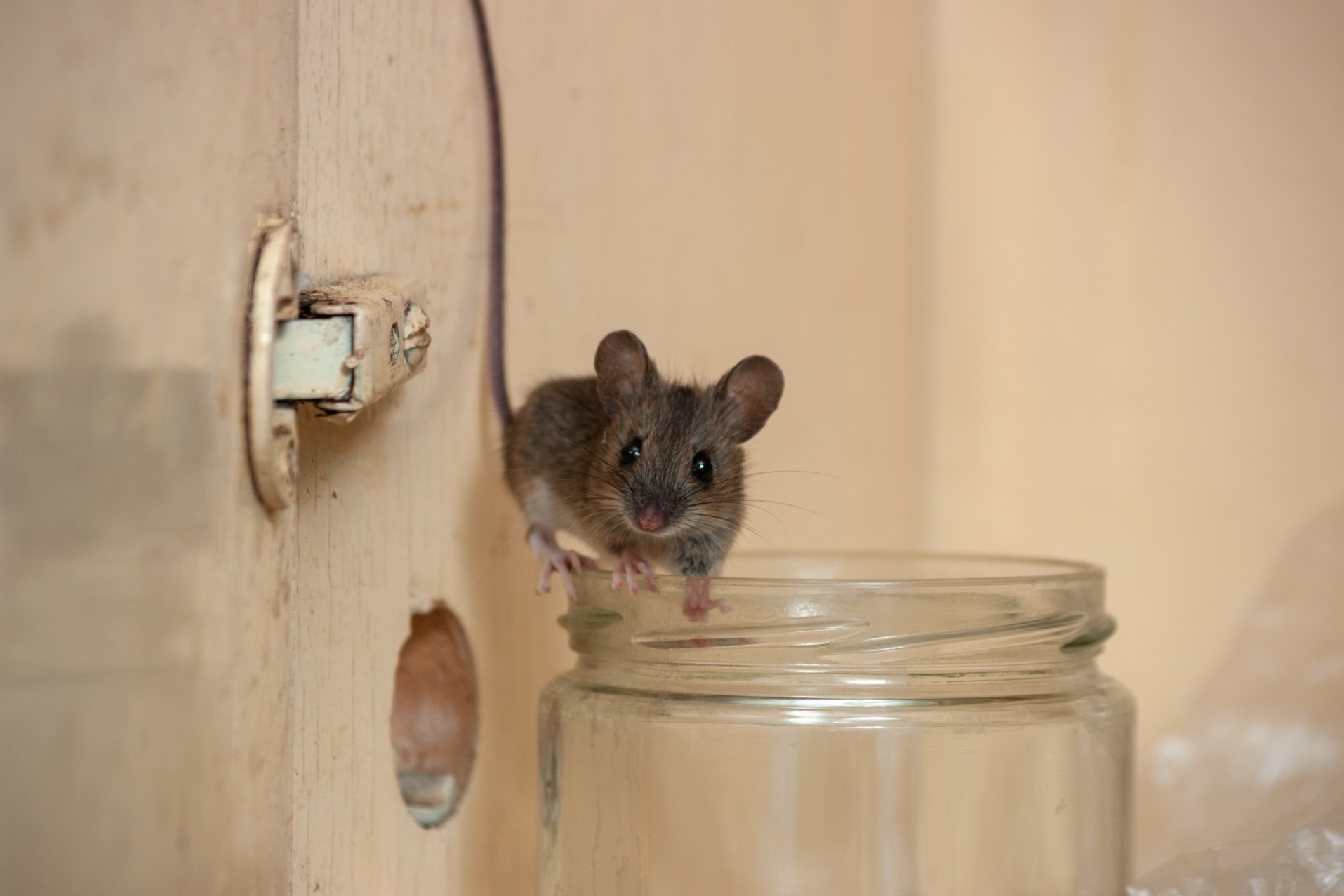Winter Pests - Home invasion of rats and mice
Posted on 17th December 2016 at 14:56
Rats and mice seek warmth when the weather cools in Reading and Wokingham
The winter brings its difficulties for all animals and insects and this is a time of peak activity for many pests such as rats, mice, squirrels and moles. These have had the warmer months to breed and raise their young and even though rats and mice are capable of breeding all year round, the summer is the peak time for birthing. Urban rats are more prone to breed through the winter months due to the availability of warm nest sites such as domestic lofts.
The female rat will give birth to between six and eleven babies and the greater supply of food relates directly to litter size, so generally the urban rat will have larger litters and breed throughout the year as opposed to her rural counterpart who may suffer food shortages during the winter months.
House mice will also breed all year round and give birth to smaller litters than rats whereas field or wood mice have a set breeding season and usually only have a few litters in this period.
Both rats and mice have a unique advantage of reproduction which is post-partum oestrus: after giving birth they do not have to wait for the litter to be weaned before they are receptive and ready to mate. Rats and mice are willing to mate and raise another litter within 24 hours of giving birth; their offspring will be sexually mature around three months old, meaning, that given a secure and warm space to live in with access to food and water, rat and mice populations explode.
How do rats and mice get into our homes and businesses?
Rats have an incredibly strong outer layer of enamel on their teeth and as these continue to grow, wearing them by gnawing is vitally important to the rat. They also gnaw on any surface as a means of marking their territory and coupled with an amazing sense of smell, if in the process of gnawing they break through and pick up a scent from inside a building they will enlarge any hole made until they can squeeze their body through.
Rats and mice are capable of burrowing, swimming, climbing and jumping into our homes and businesses, they explore pipework or cabling that run into the building and follow these voids into the interior. Drains are often used by rats to enter the interior of a building and from there they can access any loose joints or breaks to get into the floor void or cavity wall. All types of mice will often use old electrical cable holes or disused pipe holes to gain access into the cavity wall; if you can push your little finger through an opening this can be used by mice!
If they get into the cavity wall where do they go from there?
Rodents are serious pests, once they gain access into the cavity wall they can move about through the whole building. For example water pipes cut through both the interior and exterior wall, if the hole was drilled in from the outside this creates a nice looking hole on the outer face but it will blow a great big hole through the softer inner wall. Rats will easily exploit this gap and climb into the back of kitchen cabinets or under baths where they scrabble about and will nest in these areas.
Joists that form the upstairs floor / ceiling sit on top of the inner wall and run from side to side; these joists can be smaller that the brick they sit on and this leaves lots of small gaps which rats and mice can use to access the void that forms between the ceiling and the floor of the level above. Any cutouts in the joists that allow electrical cables or pipes to run through now give the rodents further areas to explore and access to virtually the whole house. Where these pipes or cable run up THROUGH the floor, the animals can follow these routes to gain access to bedrooms, cupboards and otherwise inaccessible areas. In a block of flats the rodents can follow the services from the entrance point to just about anywhere that they wish to go.
Can rats get into our house from the garage?
Vehicle access into a building whether its an integral garage in a domestic property or an 'up and over' roller shutter door in a warehouse are always good routes for rats and mice to come into a building. Wooden garage door frames will often rot at the bottom and it may not always be obvious that in fact, rats have gnawed through the lower parts of the door and frame.
The other way for rodents to access is via the gaps around the sides and along the bottom of the door where it meets the ground, fitting bristle strips may help to make it difficult for rats and mice to enter the building.
Often rodents leave signs of attack on buildings, by being observant and keeping the perimeter clear of clutter, fallen leaves and windblown rubbish means any activity will be spotted and quick intervention may prevent you from having a problem with rats or mice.
Tagged as: Rats
Share this post:





